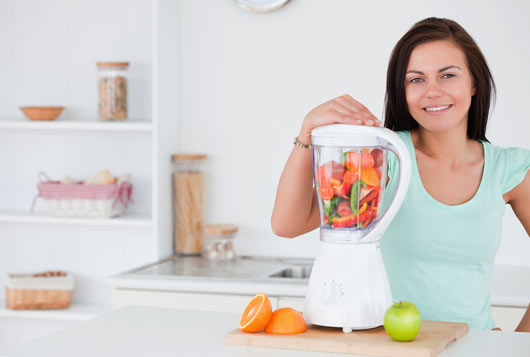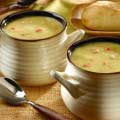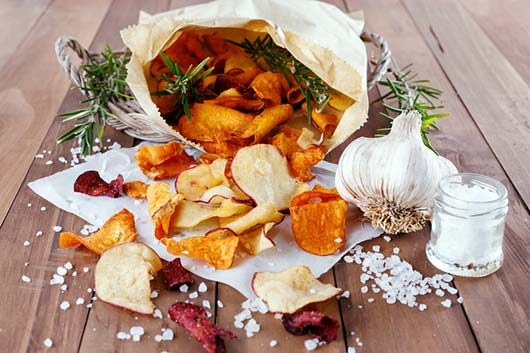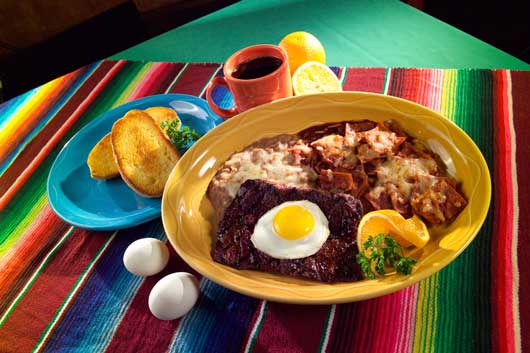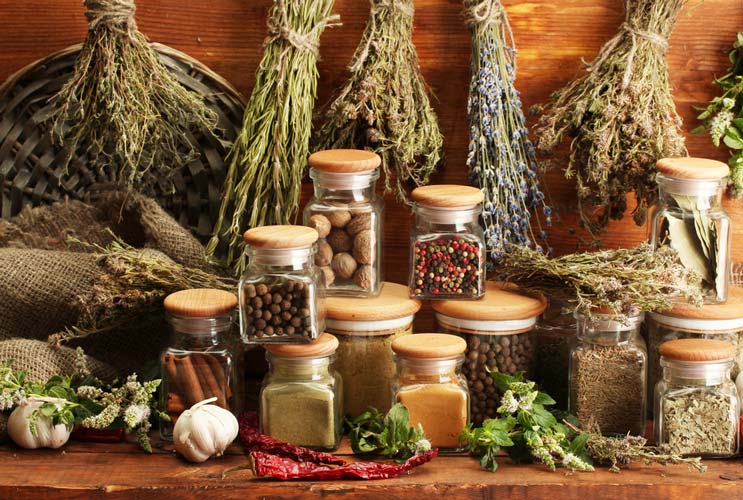
In case you haven’t heard, having a low sodium diet is the way to go. Too much salt in your diet is definitely a bad thing. From increased blood pressure to diabetes, even stroke, consuming more than the newly recommended 1,500 mg per day could be dangerous, according to WebMD’s analysis of a recent CDC report.
Unfortunately, most of us eat entirely too much salt because… because it tastes good and we like it! We snack on chips or cheese to get more than our fill. Even those of us who stick to healthier snacks get too much from dips like hummus and canned vegetables. Aside from our choices for in-between-meal noshes, we must all be more conscious of what we’re using to season the meals we’re preparing in-home.
During this time of year, we’re still working on making healthier choices so we took a moment to explore how we could use more herbs and spices to flavor our food. Reaching for the shaker that doesn’t contain the white stuff has certainly taken some retraining in the kitchen but we actually think our meals taste better, have a more interesting presentation and make us feel as though we’re making a conscious effort to move toward better health and a longer life, even if we still haven’t dusted off those work-out DVD’s we promised we’d do every day.
Read Related: 15 Herbs That Can Help You Kick the Salt Trap
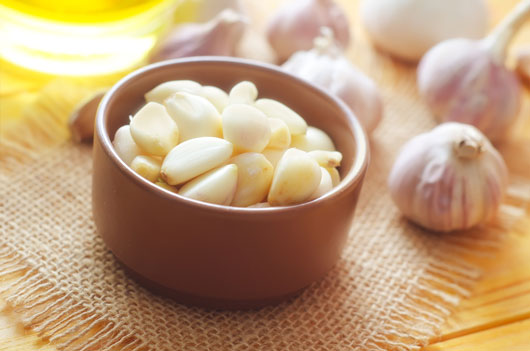
The thing about skipping the salt when you’re cooking is that you can’t just blindly substitute some herb or spice and call it good. It takes some knowledge of flavor and chemistry as well as time and patience to experiment with different combinations and quantities.
For the best all-around flavoring agent for salt-replacing beginners, we recommend garlic. Whether you use fresh herbs, pre-chopped or powder, garlic does a great job of replacing salt because it adds lots of flavor.
Some of us wanted the added challenge of growing our own salt-alternatives and, after having lots of plants die, we can confidently say that basil and parsley will give you the biggest bang for your green thumbed efforts. Basil gives you a nice strong Italian flavor and most recipes only need one leaf to give it to you. The reason we recommend growing parsley is honestly mostly because it grows like a weed (requiring no green thumb) and looks pretty as part of your plate presentation.
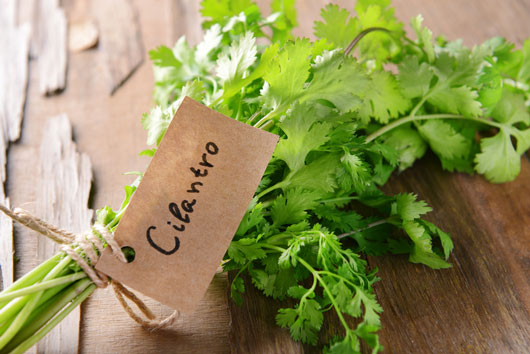
Like parsley, mint and cilantro are both easy to grow with lots of flavor, color and presentation points, depending on what kind of dish you’re serving. Fresh herbs such as cilantro add a lot of bright tonality to your dish and you really only need a few sprigs of it to do the trick. Also, we’ve learned that pretty much every Mexican dish you make looks and tastes better with a few cilantro leaves on top so this one is at the top of our list.
Worried about storing your herbs? We were too. In reality, it’s pretty easy and kind of pretty, if we say so ourselves. Fresh cut herbs purchased from the grocery store can be put in a tall glass container filled partway with water, placed on your kitchen counter. Like a bouquet of flowers, your herbs will add some bright, bold color to your décor while serving as a healthy, cheery addition to your kitchen. We also like this storage method because having the herbs right there in plain sight has us reaching for them more frequently. You know they did you no good when they sat in the produce drawer of the fridge getting moldy, right? Right.
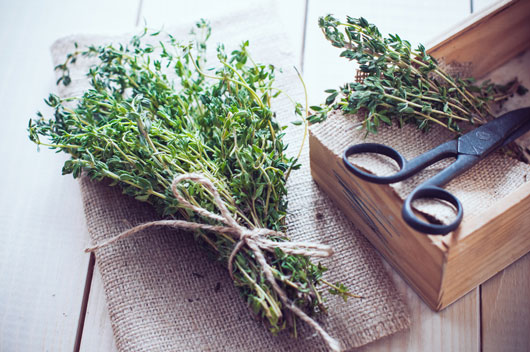
Now, not all herbs need to be fresh to be good. In fact, dry herbs pack a different flavor punch and can actually be more versatile in the kitchen in some instances. Because you won’t always have a flourishing garden of greenery to choose from, we definitely recommend having some often-used dried herbs in your pantry. Allspice is a great choice for Latin dishes while oregano goes with Italian. Curry powder will amp up any Thai or Indian meal and don’t forget the garlic powder, one of our all-around favorites because of its versatility and strength of flavor.
Want to start super simple when it comes to keeping a low sodium diet? Why not try leaving it out next time you’re cooking. Before reaching for anything else, give your dish a taste and see if it even needs the salt you’ve been adding out of habit. We’re betting it needs less than you think, maybe not any, if you’re willing to try. Then, before you start adding it back in, why not reach for a shaker of something with a little color before the salt? It’s definitely worth a try.

